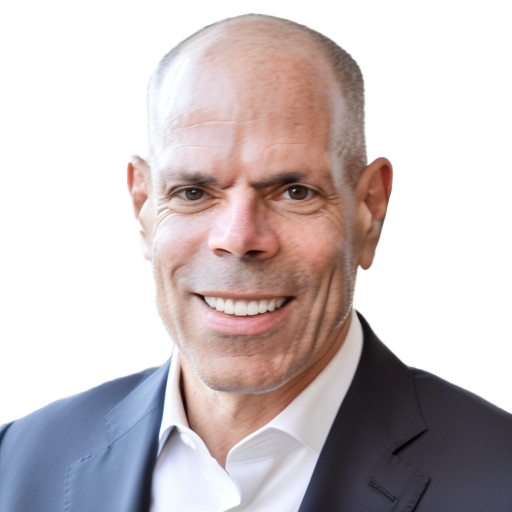
A recent study found that an external attacker can breach an organization’s network perimeter and gain access to local network resources in 93 percent of cases. Yet, many of these same organizations still have not woken up to the reality of cyber attacks against their own companies.
Why Is a Cyber Attack Recovery Plan Important?
In 2021, the average number of cyberattacks and data breaches increased by 15.1% from the previous year. The latest data breach report by IBM indicates that the average cost of a data breach in 2021 rose to an incredible figure of $4.24 million per incident, the highest average cost in the history of this report. Attacks bring a wide range of financial and operational consequences, including costs for remediation and notification, the restoration of critical business and operational systems, reduced productivity, and lost customers, not to mention the long-term costs of litigation and reputational damage. In fact, 55% of people in the U.S. say they would be less likely to continue to do business with brands who are victims of a cyber attack. Even for small businesses these costs start in the hundreds of thousands.
Security executives polled by ThoughtLab see a rise in attacks over the next two years from social engineering and ransomware as nation-states and cybercriminals grow more sophisticated. So far, 2022 is on track to support that claim, with 92% of security breaches in Q1 of 2022 being as a result of cyber attacks.
For the sake of protecting not only the data and finances of your own company, but the data and finances of your employees and your clients, businesses small and large need to have a cyber attack recovery plan in place.
What Is a Cyber Attack Recovery Plan?
The rising incidence and cost of attacks – sometimes threatening the very existence of the business – demands that every organization have a plan. A cyber attack recovery plan is a set of guidelines that instructs teams on how to prepare for, identify, respond to, and recover from a cyber attack. A detailed response plan should address not only technology-related issues, but also must consider the problems encountered across your operation — anything that could be impacted by the loss of critical information or operational systems.
5 Key Steps to Include In Your Cyber Attack Recovery Plan
While every organization is different and may have different priorities when it comes to what to protect, here are the five most important steps that apply to every company’s cyber attack recovery plan.
1. Assemble your response team
The impact of a cyber attack extends far beyond your security team. In forming your response plan, it’s important to include key members from different teams including operations, HR, finance, legal, PR, and any other areas that would feel the effects of a cyber attack. Make sure that everyone in your company and beyond knows what they are responsible for and exactly what they need to do when such an event occurs. As you think through the stakeholders, consider those impacted if your private data was to be destroyed or stolen and shared outside your organization, or if your operational systems or critical infrastructure were to be taken offline.
2. Identify vulnerabilities and specify critical assets
No matter how good your protective cybersecurity measures, you need to assume that some vulnerabilities could allow cybercriminals to infiltrate your network. It’s crucial that every team member is made aware of potential breach activities, so train all employees on how to look out for social engineering attacks.
In addition, have systems and protocols in place to consistently monitor asset inventories and discover unknown assets. If your internal team knows where you are most vulnerable and which assets you consider to be critical, such as personal customer and employee data, they will be able to act quickly to contain and limit the consequences.
3. Identify external cybersecurity experts and data backup resources
Whether you have your own IT security team or not, the scope of the incident could be so extensive that you would need an external expert to help audit and remedy the situation. Set up automatic backups to ensure that both internal and external professionals have access to all the information they need, and name the person or team in charge of this process. Remember that backups need to include workstations, data servers, and applications. And, if backups are not properly segregated from your operational environment, there is a very good chance that the compromised data would be synced with your backup servers, meaning that your most recent data backup would also be damaged by malware.
4. Create a response plan checklist
While each individual company may have unique aspects of internal operations that would impact a response checklist, expert organizations have mapped out the essentials of cyber attack response, so there’s no need to reinvent the wheel. One of the most commonly utilized cyber attack response plan systems is known as the SANS framework, a 6-step process that includes:
- Preparation: Have systems in place so that teams are ready at any time, rather than scrambling after an attack takes place
- Identification: Identify where the breach has taken place
- Containment: Contain what was attacked in order to isolate the threat
- Eradication: Remove all threats from your devices and network
- Recovery: Work with members of the response team to restore your system and network to their pre-incident state
- Lessons Learned: Understand what errors were made that resulted in the vulnerability and what steps need to be taken to prevent future attacks
5. Prevention is the best form of preparation
Having recovery steps in place is essential, but perhaps an even more crucial method for cyber attack preparedness is to prevent them from happening in the first place. By integrating an end-to-end cybersecurity as a service (CSaaS) solution, such as a subscription to Cyberleaf, organizations and their security teams can more easily and cost-effectively prepare for, detect, respond to, and recover from cyber attacks.
Explore Cyberleaf’s services to see how you can prevent a cyber attack.





